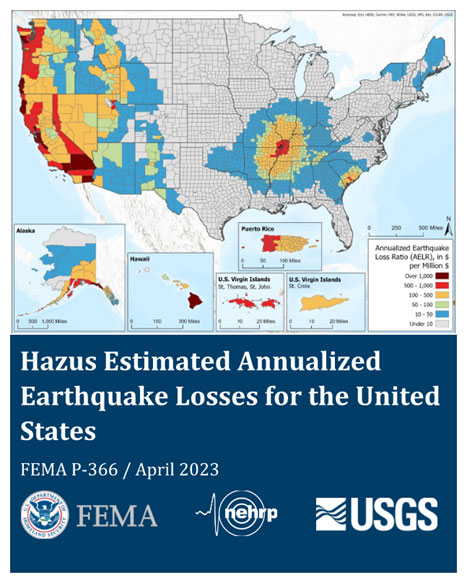What is Functional Recovery?
According to Ryan Kersting,(Associate Principal, Buehler Engineering) Functional recovery is a post-event (e.g., post-earthquake) performance state in which a building or lifeline infrastructure system is maintained, or restored, to safely and adequately support the basic intended functions associated with the pre-event use or occupancy of a building, or the pre-event service level of a lifeline infrastructure system.
The technical meaning of functional recovery is a bit ambiguous; it is that basic intended functions are less than full functionality but rather more than what would be considered the minimum sufficiency for reoccupying buildings or temporary provisions of lifeline services. In layman’s terms, functional recovery of a buildings means it is ready to support ‘most’ of pre-event uses as well as occupancy. So now that we are a little clearer on what functional recovery is, let’s look at what it is NOT!
- Functional Recovery is NOT Immediate Occupancy
- Functional Recovery is NOT Immediate Recovery
- Functional Recovery is NOT Full Recovery
- Functional Recovery is NOT ASCE 7 Sec 1.3.3 “Functionality” (for RC IV)
- Functional Recovery is NOT Community Resilience
The current standards and codes of buildings do not unequivocally protect against economic losses not target performance for the return of function for most buildings. The current codes are set to life safety standards and here are some statistics of concern.
- 20-40% of modern code-conforming buildings projected to be unfit for occupancy or function for months or longer following major earthquake (FEMA P-58 / ATC 138)
- 15-20% economically unrepairable (FEMA P-58)
- Older buildings perform even worse
As a result, to protect individuals and communities against such losses, a change in codes, standards, construction practices, and societal values is needed (FEMA P-2090 / NIST SP-1254).
According to the USGS map below:
- 2023 HAZUS Estimate Annualized Losses (FEMA P-366)
- HAZUS = earthquake, flood, tsunami, or hurricane wind losses
- Estimated AEL for US = $14.7B
- Estimated AEL for California = $9.6B
- Estimated AEL for LA-LB-Anaheim Metro = $3.3B
There are several reasons to justify the need for change among current building codes and standards. Here are a few:
- Community resiliency is a priority to the public
- Focus on community resilience at all levels of government
- Natural hazard events cost U.S. $100B / year on average
- 150M people in 42 states at risk from earthquake damage within next 50 years
- To reduce vulnerability, minimize losses, and improve community recovery time
Saunders has been working the past 40+ years bringing buildings to life safety standards and continues to support all modern codes in place to protect and maintain the integrity of our community infrastructures. Saunders Construction is the premier seismic retrofit and structural repair company in California. We service five states, California, Washington, Oregon, Nevada, and Utah. For any questions or inquiries regarding our services contact us https://saundersseismic.com/contact/.
***Noted Sources


